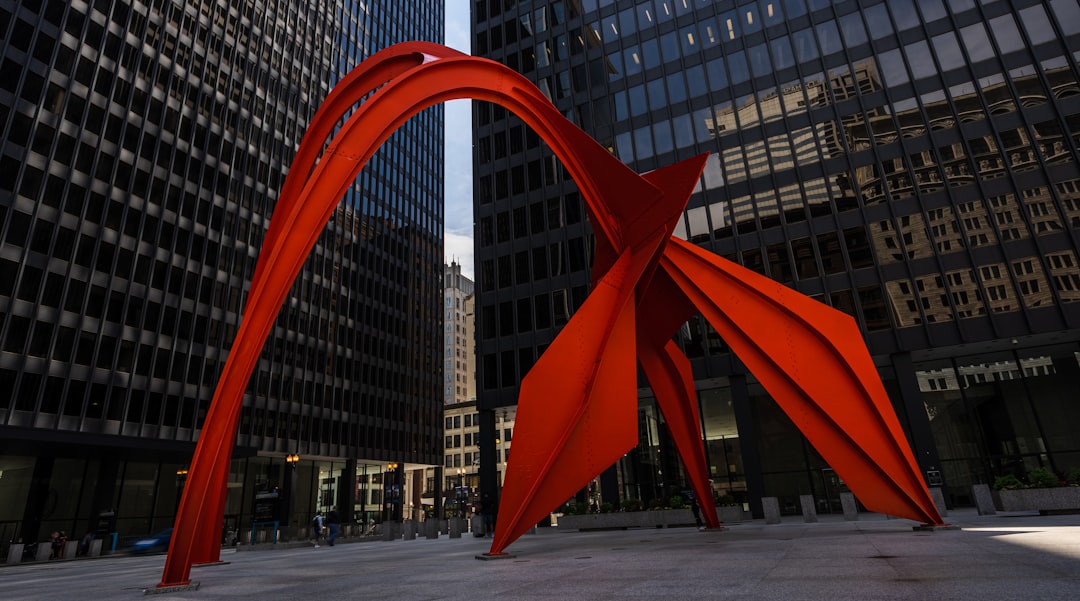What is it about?
Our research explores an SNLC for architectural education that provides opportunities for linking the academic Learning Management Systems (LMS) with private or professional SN such that it enhances the learning experience and deepens the knowledge of the students. We present ways of utilising SNLC in other learning and teaching areas of the curriculum and concludes with directions of how SNLC then may be employed in professional settings.
Featured Image
Why is it important?
In less than a decade, architectural education has, in some ways, significantly evolved. The advent of computation has not so much triggered the change, but Social Networks (SN) have ignited a novel way of learning, interaction and knowledge construction. SN enable learners to engage with friends, tutors, professionals and peers, form the base for learning resources, allow students to make their voices heard, to listen to other views and much more. They offer a more authentic, inter-professional and integrated problem based, Just-in-Time (JIT), Just-in-Place (JIP) learning. Online SN work in close association with offline SN to form a blended social learning realm – the Social Network Learning Cloud (SNLC) – that greatly enables and enhances students' learning in a far more influential way than any other learning means, resources or methods do.
Perspectives
Through the creation of, for example, online virtual galleries of student work and the various student engagements within the SNLC a vast body of project resources are crowd-sourced. Given the issues of complexity of an architectural design brief, operation outside of the cultural and environmental context and the requirement to integrate multiple aspects into an authentic learning environment, which the SNLC proves to be. SNLC engaged learning as a form of interaction with peers, friends and teachers, is shaping architectural education more than any other means of learning. Due to the positive experience gained by integrating the SNLC into the curriculum of the architectural degree at undergraduate as well as graduate levels it is proposed to transfer the SNLC to other disciplines, which lays in the nature of SN acting independent of core-subjects or academic or professional realms. LMS, blogs or interest groups have failed since they do not offer seamless interaction from the individual to the network and only act as a point to point or point to group communication
Professor Marc Aurel Schnabel
Xi'an Jiaotong Liverpool University
Read the Original
This page is a summary of: The Social Network Learning Cloud: Architectural Education for the 21st Century, International Journal of Architectural Computing, September 2014, SAGE Publications,
DOI: 10.1260/1478-0771.12.3.225.
You can read the full text:
Resources
Contributors
The following have contributed to this page










